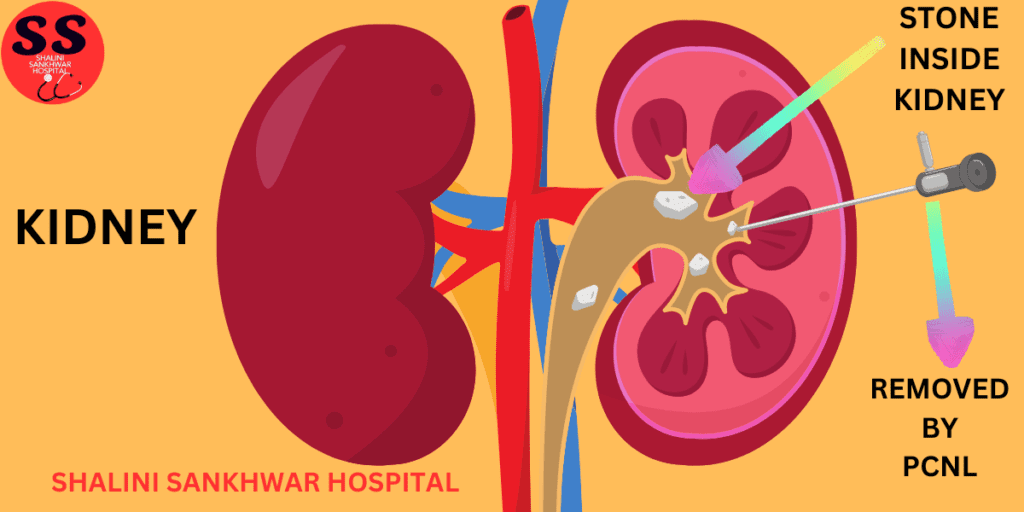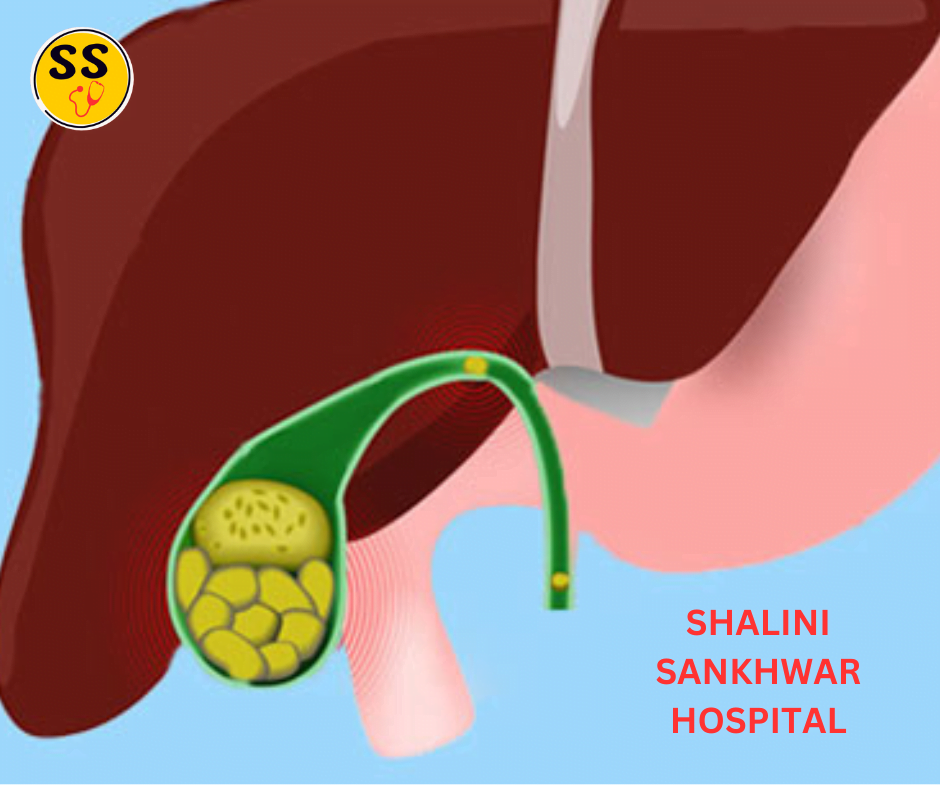In medical terms , Uterus Removal Surgery is called Hysterectomy.
There are broadly two ways of performing Hysterectomy,
- TAH (open Hysterectomy).
- TLH (Laparoscopic Hysterectomy).
laparoscopic hysterectomy( uterus removal surgery cost)
Laparoscopic Hysterectomy: A Less Invasive Alternative for Women and best type of uterus removal surgery
Hysterectomy, the surgical removal of the uterus, is a common procedure among women. It is typically performed to treat a variety of medical conditions, including uterine fibroids, endometriosis, adenomyosis, and certain types of cancer. In the past, hysterectomies were often performed using traditional open surgery, which required a large incision and a longer recovery time. However, with advancements in surgical techniques and technology, laparoscopic hysterectomy has become a popular alternative to traditional surgery. In this page we will also explain in details uterus removal surgery cost.
What is Laparoscopic Hysterectomy? (uterus removal surgery)
Laparoscopic hysterectomy is a minimally invasive surgical procedure that involves removing the uterus through small incisions in the abdomen. During the procedure, a laparoscope, a thin tube with a camera and light, is inserted into the abdomen, providing the surgeon with a magnified view of the internal organs. The surgeon then uses specialized surgical instruments to detach the uterus from surrounding tissue and remove it through the small incisions.
Benefits of Laparoscopic Hysterectomy (uterus removal surgery)
There are several benefits to choosing laparoscopic hysterectomy over traditional open surgery. These include:
- Less Pain: Laparoscopic hysterectomy typically results in less pain and discomfort than traditional open surgery, as it requires smaller incisions and less trauma to the surrounding tissue.
- Faster Recovery: Patients who undergo laparoscopic hysterectomy often experience a faster recovery time and can return to their normal activities sooner than those who undergo traditional open surgery.
- Less Scarring: Because laparoscopic hysterectomy only requires small incisions, scarring is minimal and often barely noticeable.
- Reduced Blood Loss: Laparoscopic hysterectomy is associated with less blood loss than traditional open surgery, which can reduce the risk of complications during and after the procedure.
Risks of Laparoscopic Hysterectomy
As with any surgical procedure, there are risks associated with laparoscopic hysterectomy. These risks include bleeding, infection, and damage to surrounding organs. However, the risk of these complications is generally low and can be minimized through careful surgical technique and close post-operative monitoring.
Who is a Good Candidate for Laparoscopic Hysterectomy?
Laparoscopic hysterectomy is typically recommended for women who require surgical removal of the uterus and have a low risk of complications. However, it may not be appropriate for all women, particularly those with certain medical conditions or who have had previous abdominal surgery. Your doctor can help you determine if laparoscopic hysterectomy is the best option for you.
In conclusion, laparoscopic hysterectomy is a less invasive alternative to traditional open surgery for women who require surgical removal of the uterus. It offers several benefits over traditional surgery, including less pain, faster recovery, less scarring, and reduced blood loss. While there are risks associated with any surgical procedure, the risks of laparoscopic hysterectomy are generally low and can be minimized through careful surgical technique and post-operative monitoring. If you are considering a hysterectomy, be sure to talk to your doctor about whether laparoscopic hysterectomy is right for you.

